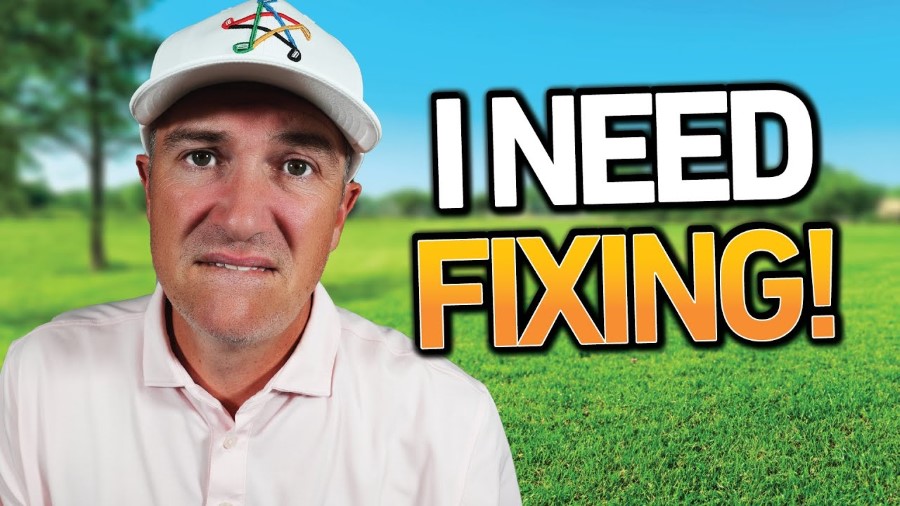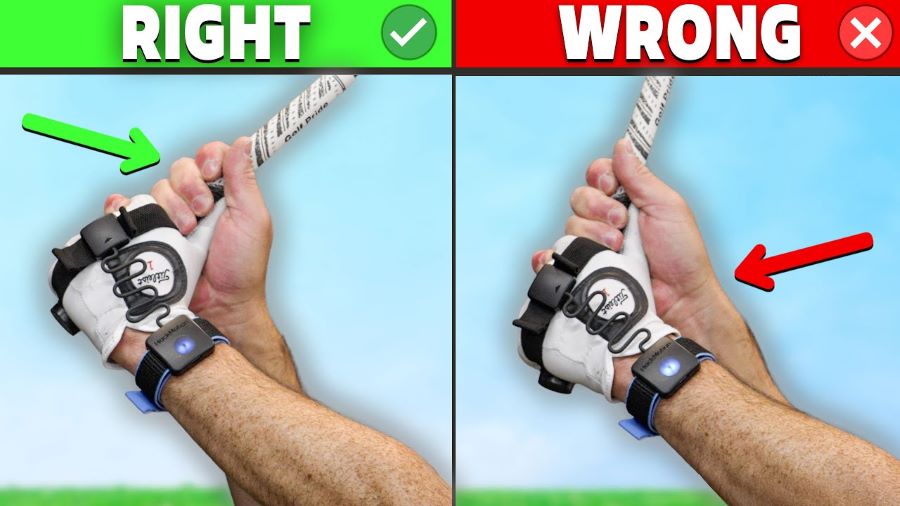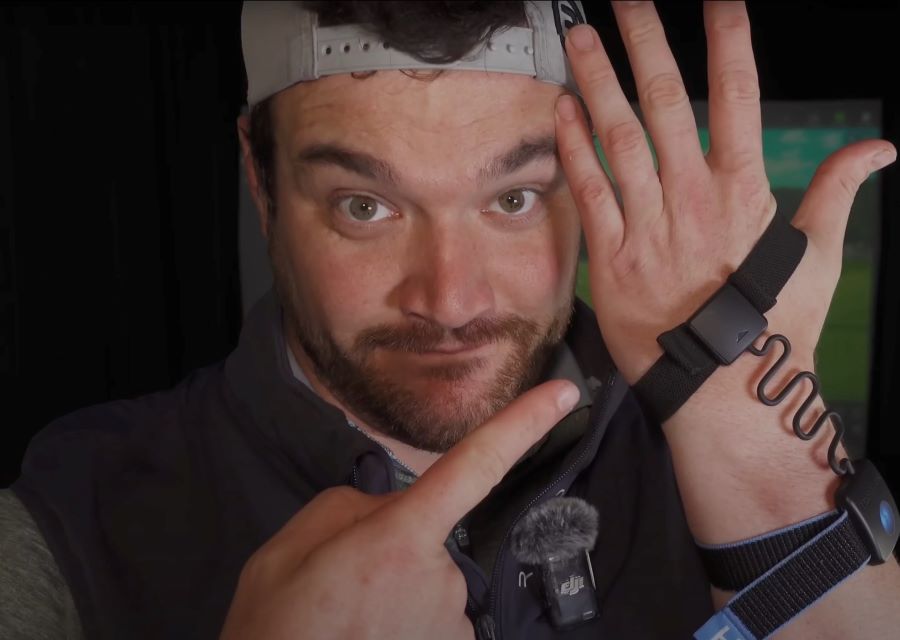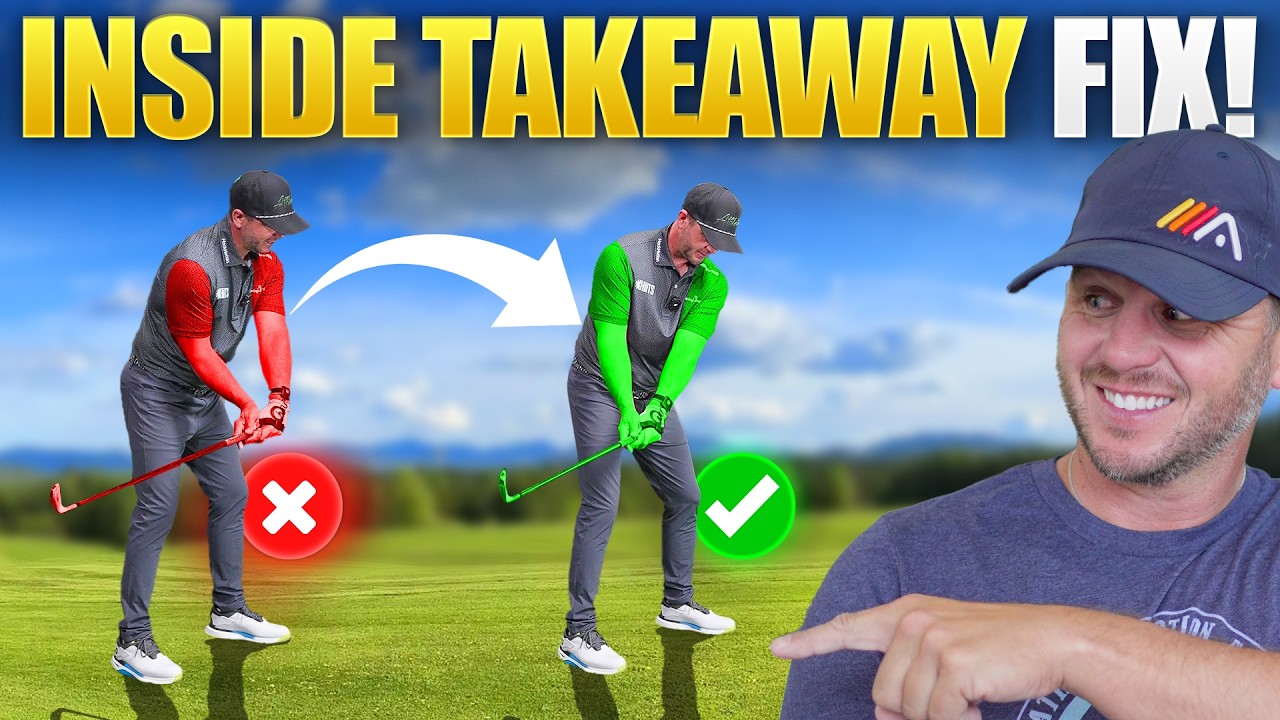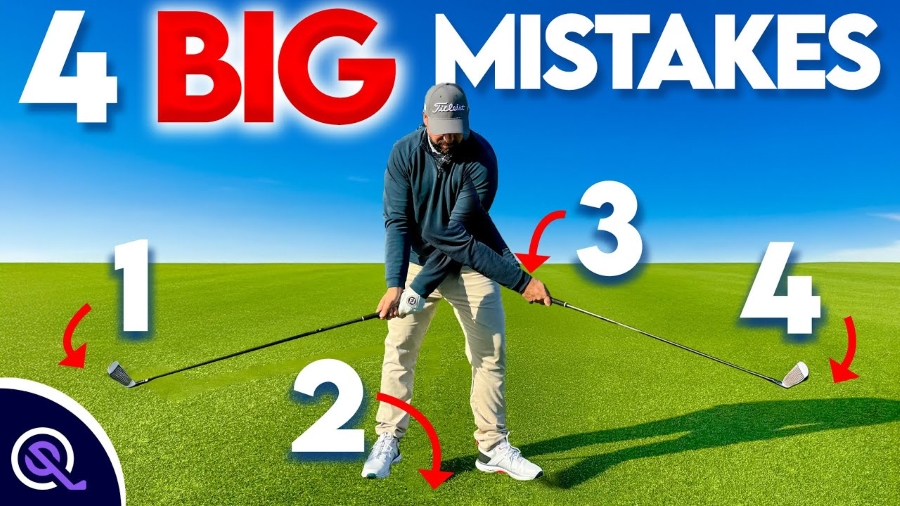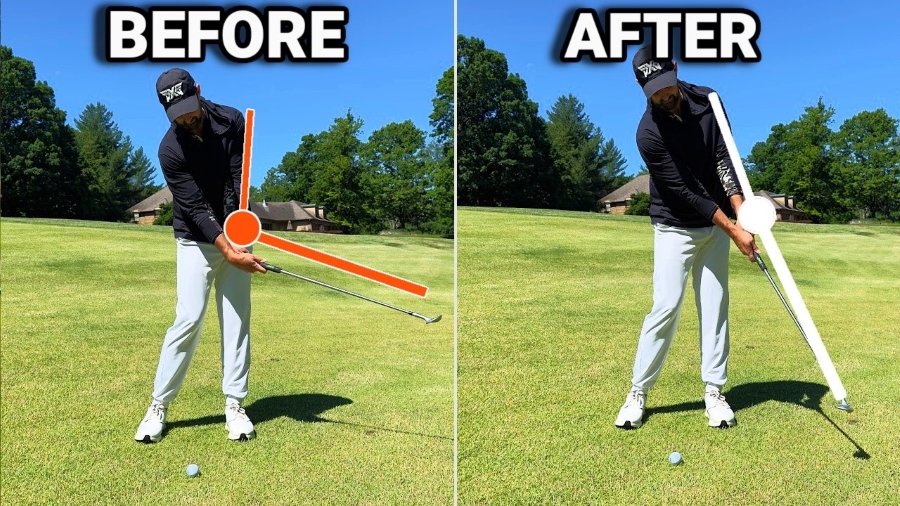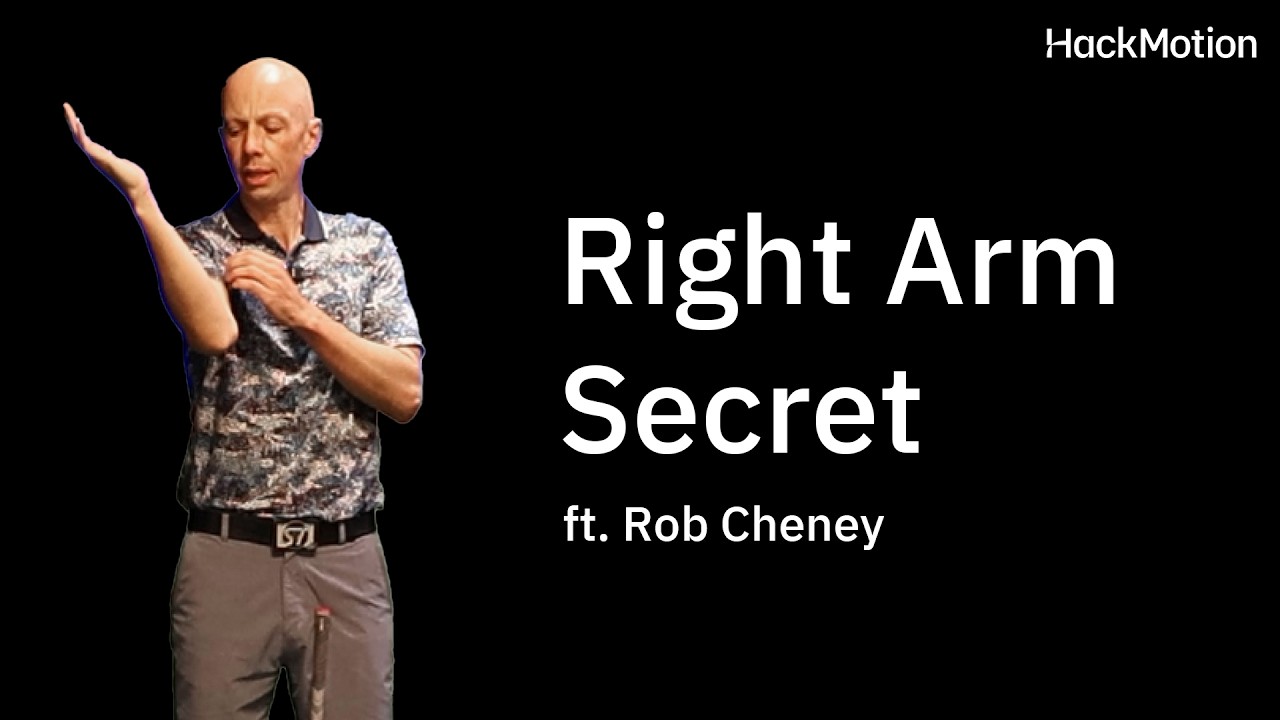One Year with HackMotion: Consistency, Better Misses & Real Results (Alex Etches Review)
Most golfers notice the benefits of HackMotion almost immediately after strapping it on for the first time. But what happens when you stick with it for the long run?
Golf professional Alex Etches has now shared his HackMotion journey multiple times – first at six months, again at the one-year mark, and most recently in a new update where he recorded his first-ever “all green” session during Guided Practice.
His reviews show how much progress can stack up over time, not only because of consistent training, but because HackMotion’s app keeps improving with new features, better guided practice, and more precise feedback.
Here’s what really changes when you use HackMotion over the long term and how you can apply those lessons to your own game.
Key Results from 12 Months Using HackMotion
Here is a brief recap of what happened after using HackMotion for an entire year:
- Alex’s biggest improvement after a full year wasn’t speed; it was tighter dispersion and better misses.
- Guided Practice helped him reach his first-ever “all green” session, proving long-term wrist faults can be reversed.
- Moving from a cupped (extended) lead wrist to a more neutral position created stronger, more penetrating ball flight.
- Real-time feedback (vibration + audio cues) kept old habits from returning and made practice more purposeful.
- HackMotion Core was enough for nearly all of his progress; you don’t need Pro-level data to see real change.
- New app features (guided putting, tempo training, drill recommendations) made the second six months even more productive.
Contents
What Changed Between Month 6 and Month 12
At six months, Alex was mostly working indoors and learning how HackMotion could help him control his wrists.
He noticed a tighter strike pattern, fewer thin and fat shots, and a stronger, more penetrating ball flight.
The feedback system made it easier for him to stay motivated, and the Core mode provided him with all the information he needed to see progress.
By twelve months, things looked different.
HackMotion had rolled out new features, and Alex had taken it on the course to see how it performed under real playing conditions.
The biggest difference wasn’t in his best swings; it was in how much better his misses became.
Shots that used to sail 40–50 yards offline were now finishing near target, dispersion circles shrank, and guided putting sessions exposed flaws he never realized he had.
The improvements gave him more confidence and made his rounds more consistent, even on days when his swing didn’t feel perfect.
| 6 Months | 12 Months |
|---|---|
| Mostly indoor, studio-focused practice | On-course testing under real conditions |
| Tighter strike pattern, fewer thin/fat shots | Miss-hits finished much closer to the target |
| Improved launch angle (less wrist extension at impact) | Smaller dispersion, both left/right and short/long |
| Practice felt motivating and fun with feedback | Putting practice revealed flaws and improved the start line |
| Early confidence in HackMotion’s value | Confidence carried into rounds, even on off days |
The Wrist Changes Behind the Results
Alex’s data from early sessions showed large amounts of lead wrist extension (cupping) at impact and frequent early extension.
That combination left him flipping the clubface shut at the last second, producing high, inconsistent flight patterns and wide misses.
After a year with HackMotion, the story changed:
- His lead wrist was flatter or slightly flexed at impact.
- The trail wrist stayed extended longer, keeping the face square.
- The club delivered on a more neutral path without needing last-second “saves.”
If you’ve ever hit shots that balloon, start straight, then curve late, or alternate between thin and fat strikes, you’ve likely dealt with the same wrist issues HackMotion helped Alex fix.
The New Features That Made HackMotion Even Better
One reason Alex’s twelve-month review felt so different from his six-month recap was that HackMotion itself had grown during that time.
The app isn’t static; it keeps rolling out new tools and updates constantly. There is no additional charge for these added drills and resources.
Some of the key additions included:
- Guided Putting Practice that exposed flaws in wrist angles during the stroke and created clear checkpoints for straighter rolls.
- Tempo and Ratio (BPM) tracking to help smooth out swing rhythm and timing.
- Recommended Drills that appeared automatically after a session, giving clear next steps when certain patterns (like too much extension at impact) showed up.
- Frequent App Updates that kept the experience feeling fresh, almost like adding new “levels” to a video game.
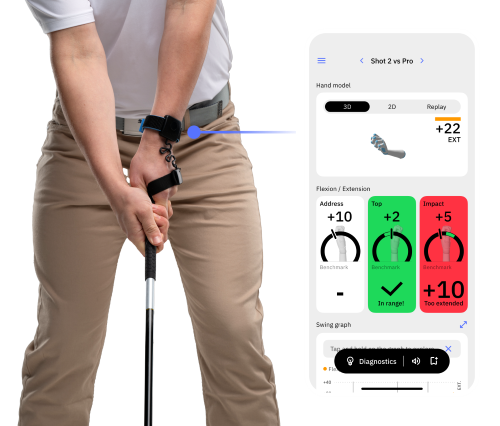
The Features That Made the Difference
There are numerous ways to utilize HackMotion to enhance your workflow. One of the most interesting takeaways from Alex’s review is about how he specifically uses HackMotion in his practice.
His strategy was simple: measure, get instant feedback, and repeat until it felt natural on the course.
HackMotion’s real-time biofeedback made sure he couldn’t ignore mistakes. If he left the green zone, the vibration or audio cue would immediately tell him. From there, Guided Practice suggested drills to address the exact issues showing up in his swing, so he wasn’t wasting time guessing what to fix.
He also leaned on newer app features, like tempo and ratio training, to keep his swing rhythm steady, and the frequent updates meant there was always something fresh to work on.
Key tools Alex relied on most:
- Guided Practice that turned his data into clear next steps.
- Instant biofeedback to keep wrist angles in the right zone.
Putting: The Quiet Game-Changer
One of the surprises in Alex’s twelve-month recap was just how much HackMotion helped with putting. At the six-month mark, he hadn’t spent as much time working on his putting. The benefits included:
Guided putting sessions flagged issues he hadn’t noticed before, including:
- Cupping (extension) through impact.
- Unhinging during the stroke.
- Inconsistent wrist angles at the top of the motion.
The result was more centered contact, better start lines, and improved distance control.
Did It Work? Alex’s “All Green” Breakthrough
After a full year with HackMotion, Alex captured something he’d never done before: an all-green session during Guided Practice.
For a golfer who spent 20+ years battling too much wrist extension at impact, this was a major milestone.
Here’s what stood out in his latest update:
- All major checkpoints turned green, including address, takeaway, top, downswing, and impact.
- His dominant fault (impact extension) shrank from deep red a year ago to a small, manageable number.
- Guided Practice immediately pulled up the Motorcycle Drill, showing exactly what to work on next.
- He did this using HackMotion Core, not the Pro model.
- He didn’t need to understand the biomechanics; he simply worked towards getting green feedback.
- The improvement held up even outdoors on a wet, soggy practice range. Which means it holds up on the golf course in real situations.
You don’t need perfect mechanics or endless practice hours. However, you do need some consistency and sticking with something. Focused reps with clear feedback work.
That’s exactly how Alex finally reversed his long-term pattern and tightened his dispersion on the course.
Final Thoughts
After six months, HackMotion made Alex a cleaner ball-striker. After twelve months, and now with his first ever all-green session, it made him a more consistent golfer, even on days when the swing didn’t feel perfect.
His long-term (incorrect) wrist pattern finally started to shift, his misses tightened, and his confidence carried from the range to the course.
If you want the same kind of improvement, start simple: use HackMotion Core, commit to a few guided sessions each week, and let the feedback keep your wrist angles in the green.
Six months from now, you’ll be wondering why you didn’t start sooner. Whether it’s with your driver, irons, or putter, you’ll find it much harder to slip back into old habits once HackMotion is keeping you on track.




